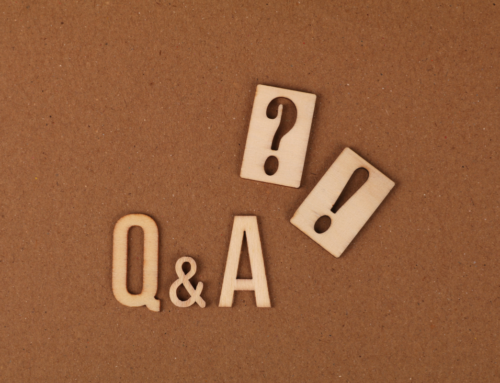Think about all the people, products, and processes that have to work well in order for you to have a good experience at a conference. From the flight (or drive) there, to the check-in at the hotel, to your first impression of the room, to the registration desk for the event, to the first meal, to your MC or initial speaker, to the whole roster of speakers, to the breakouts, to the guy sitting next to you – it all has to go smoothly so that you have a good time and don’t write a cranky note on the evaluation form.
Meeting Planners don’t have it easy. It’s a tough job. They have to coordinate a myriad things over which they don’t have perfect control, everyone in their company or association feels entitled to offer unsolicited advice and feedback, and no one notices a job well done – only when something goes wrong.
What follows is my list of 5 ways to make an ideal conference – and by the way make the meeting planners’ job easier.
1. The ideal conference should focus on the future, not the past. It’s OK to have awards banquets; that’s how half the associations in the world persuade people to attend their meetings. But if the conference isn’t mostly focused on the future, it’s wasting everyone’s time. The point of a conference should be to let attendees have a glimpse of the future, in as many ways as possible. That’s continuing education. That’s why the Consumer Electronics Show makes news and so many others do not.
2. The ideal conference should involve the audience in creating it, running it, and making things happen afterwards. The best conference I’ve ever attended is the Renaissance Weekend meeting over New Year’s (the one that the Clintons made famous). Everyone there gets involved, taking turns chairing, speaking, asking questions, and generally taking charge of the content, which is based on questionnaires the participants submit in advance. In a real sense, the participants own the event, though of course the RW folks remain very much in charge.
3. The ideal conference should tell a story, not offer a buffet. Most conferences offer a theme, but it’s usually so vague as to be little more than a thematic suggestion. As a result, attendees find meetings alternating confusing, overwhelming, and dull depending on their level of interest in a particular session. Meeting planners need to do more than top and tail a conference with expensive outside speakers and offer breakouts in between. That’s not planning, that’s scheduling. I’ve blogged before on this tendency to create conferences for the convenience of the planners, not the edification of the attendees. It’s time to raise the ante on the industry.
4. The ideal conference should be both green and community-oriented. My conversation with Tim Sanders for part 3 of this series offered a number of ways that conferences can improve their green credentials. They also should think hard about doing more than descending on a community, creating a lot of hot air and waste, and then departing in clouds of jet exhaust. Every conference should build community service into its agenda – and specifically service to the community in which the meeting is held. See Tim’s book, Saving the World at Work, for more stories and ideas on this subject.
5. The ideal conference should begin before the attendees gather and end (long) afterward. Pre-work means that you can get more out of the day and a half or two days that people are together. It needn’t be onerous; it can be as simple as finding out who the attendees are and what they’re interested in, like the Renaissance Weekend. And every conference should aspire to publishing a useful record in some medium after the fact. If you’re getting all those people together for several days, surely the collective genius can manage a set of predictions, a report on the state of the industry, or something that the larger world can care about. TED produces extraordinary videos that are a wonderful resource for new ideas and interesting speeches. Other conferences should take note.








Leave A Comment